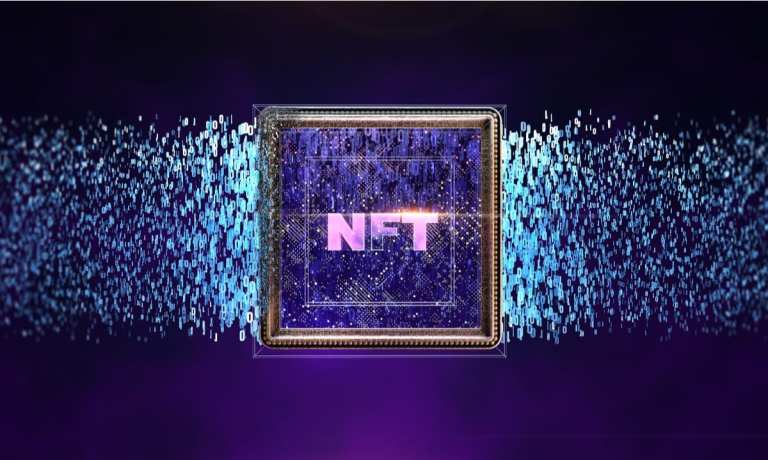
When Vignesh Sundaresan spent more than $69 million on the non-fungible token (NFT) with digital artist Beeple’s collage “Everydays: The First 5,000 Days,” he bought a work of art that one presumes he believes will increase in value. Right?
Well, no.
As artist Mike Winkelmann explained in an interview the day after the landmark auction at Christie’s, “you own the token, but you don’t own the copyright,” to the work, either as a collage or the individual works on it — at least one of which Winkelmann sold years earlier.
Still, “The cryptographic link between the token and the asset does not automatically result in the transfer of any rights or obligations as to the asset — that occurs as a matter of contract between the buyer and seller,” attorney Sean Sullivan of Davis Wright Tremaine, a firm active in the crypto industry, said in a blog post last year.
What you own is an NFT that holds a copy of an artwork that you have the right to display publicly. Right?
Well, no.
What you get is a non-fungible token with a link to a website where a copy of the work is stored.
“In reality, blockchains are great as ledgers for tracking transactions but terrible as a storage or distribution system for digital assets of any size,” Sullivan explained. “The files for media assets, in particular, are just too large.”
Sullivan gave an apt analogy, saying you need to think of the internet as a library in this case.
“There is a card catalog that tells you where books are located and when they are borrowed, but the books reside separately on shelves,” he said. Meaning what you own is not the book, but the card directing you to the right shelf.
That comes with its own problem, and it’s a doozy: What happens if that file is deleted? Or the server it’s stored on gets corrupted?
The answer, to an extent, is up a certain creek without a paddle. You own a cryptographically verifiable link to the media stored on a server. Which is to say, what you own is the cryptographically verified link to a 404 error.
The media itself likely still exists in some form — Beeple (presumably) has the original collage artwork backed up, and besides it’s all over the internet — but you didn’t own it in the first place.
And even if Beeple is nice enough to mint Sundaresan, known as MetaKovan in the crypto community, another NFT, it’s still different.
And he wasn’t just buying the work of art, he was buying Everydays’ history — its provenance — as the first work of art sold at a major real-world auction house. Which is to say, part of the value is that the NFT represented the mainstream acceptance of NFTs as an artistic medium, not just a collage.
Of course, that copyright problem isn’t always the case. When you buy a Bored Ape Yacht Club NFT you get the rights to use the avatar image commercially any way you want. Thus Universal Music Group creating a Bored Ape Yacht Club virtual supergroup, KINGSHIP, with four apes it purchased —presumably adding some real musicians behind the characters, along the lines of the virtual band Gorillaz.
But that NFT sneaker Nike dropped in Decentraland? You definitely do not hold any rights to it. You can sell the NFT, but not the design. And Nike can delete it anytime it wants.